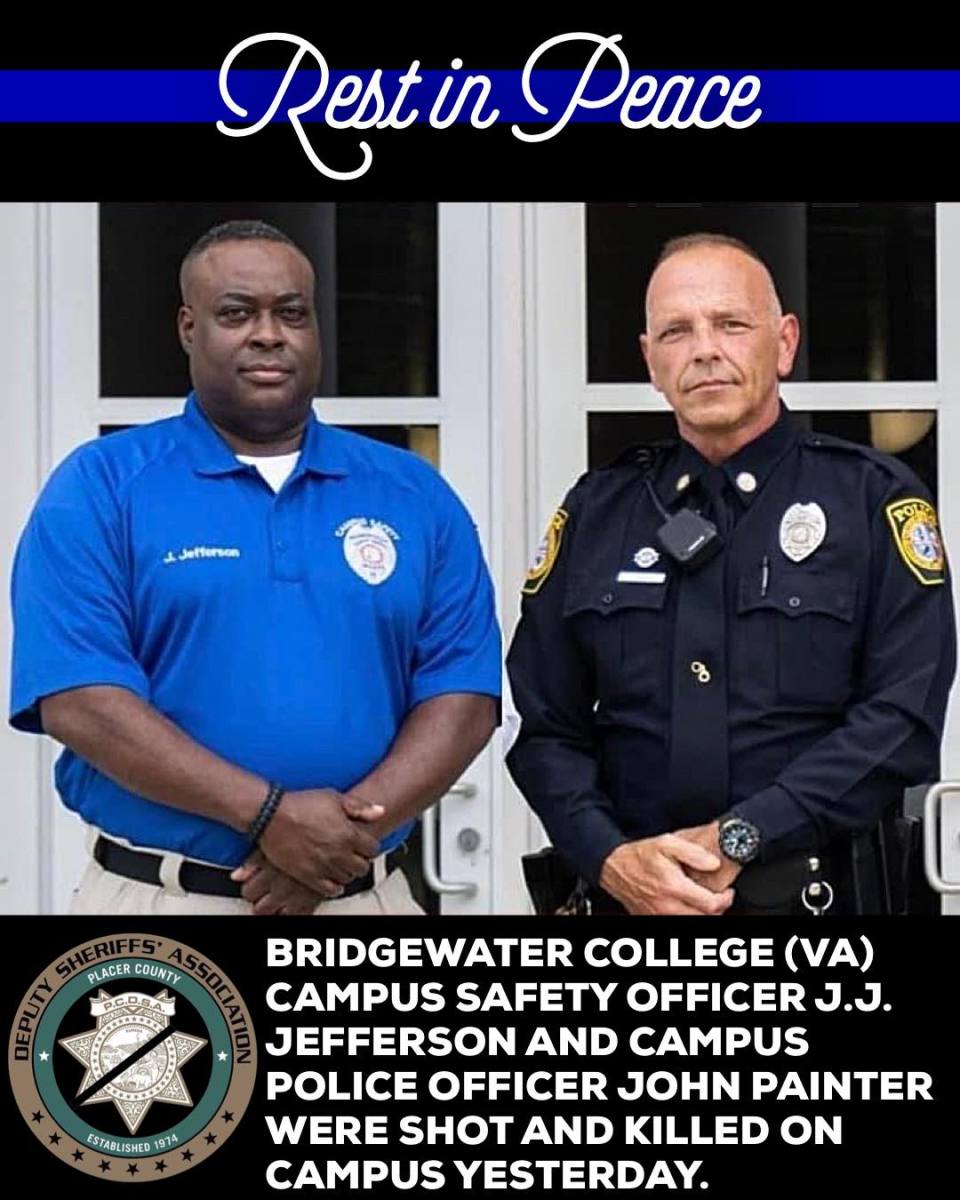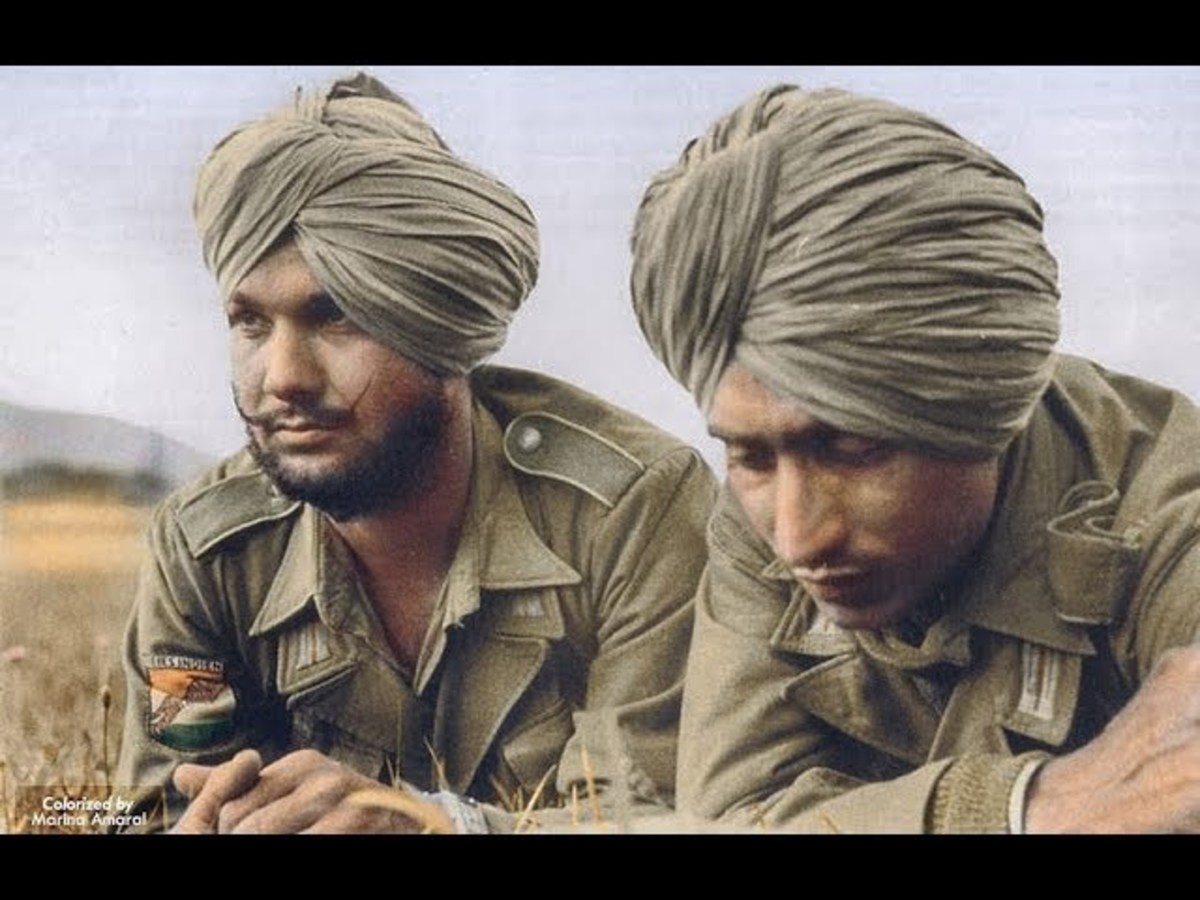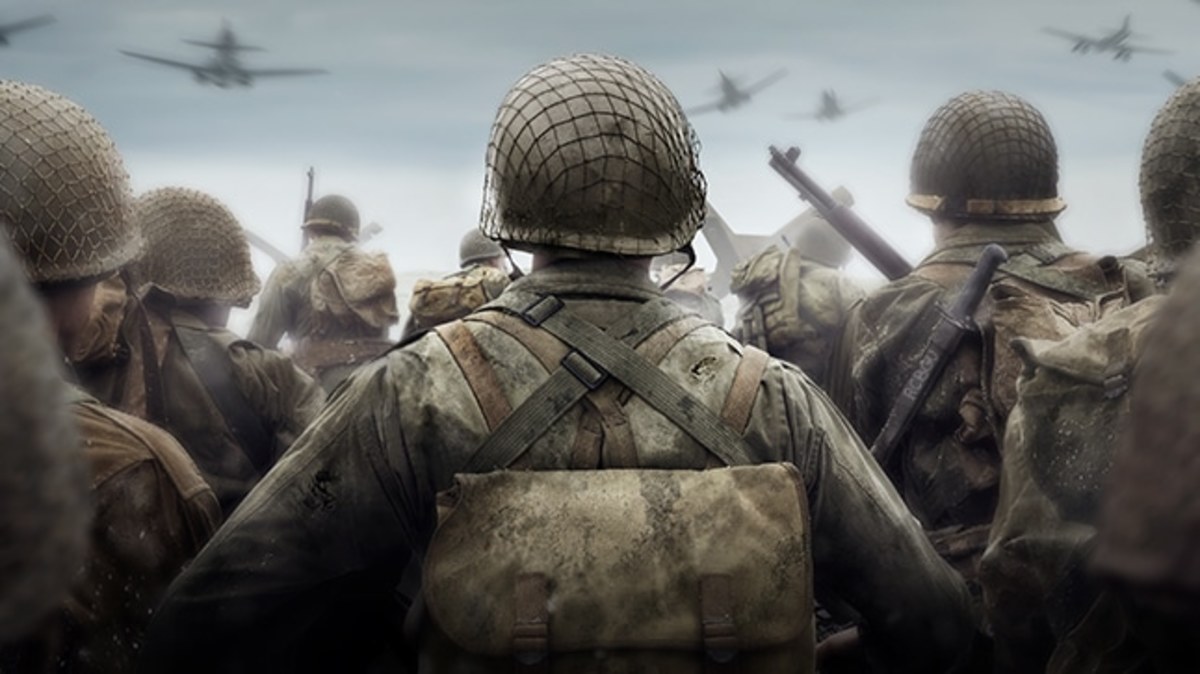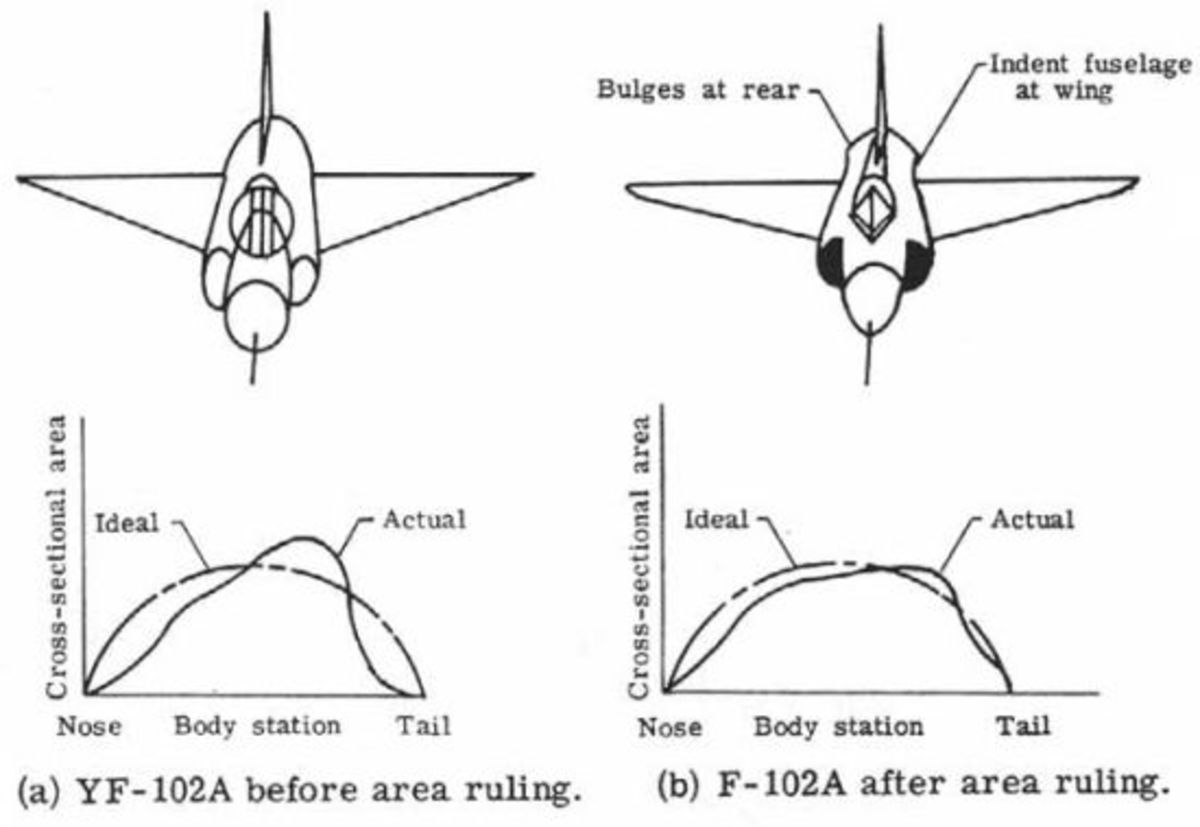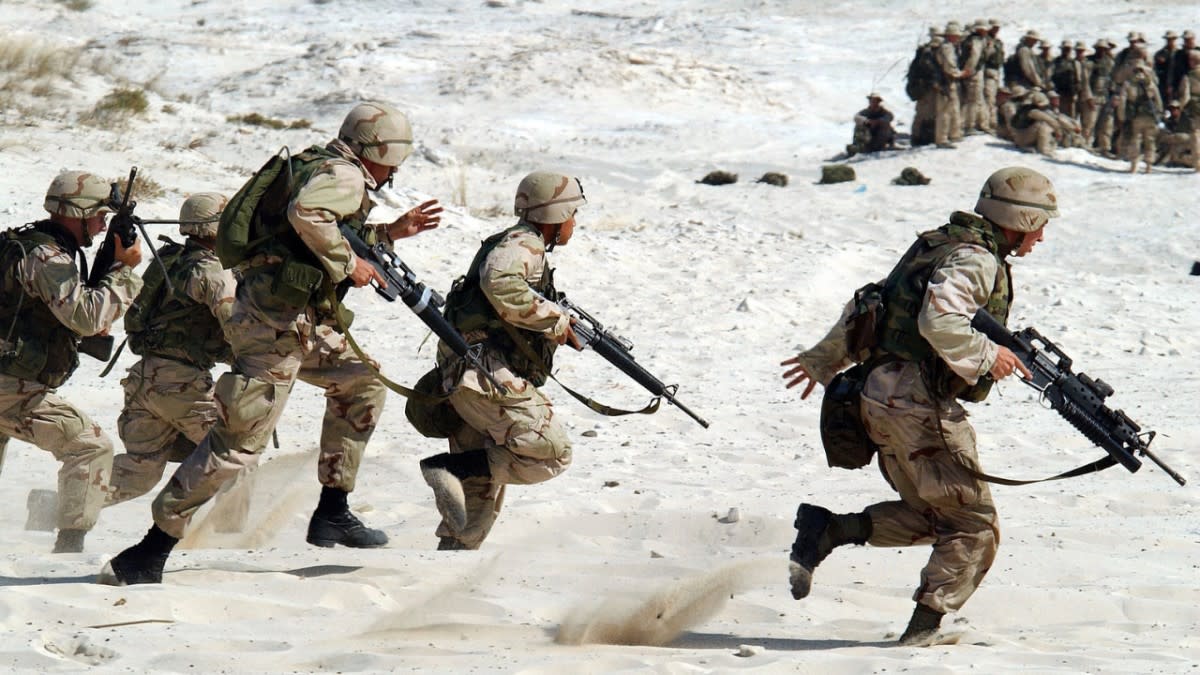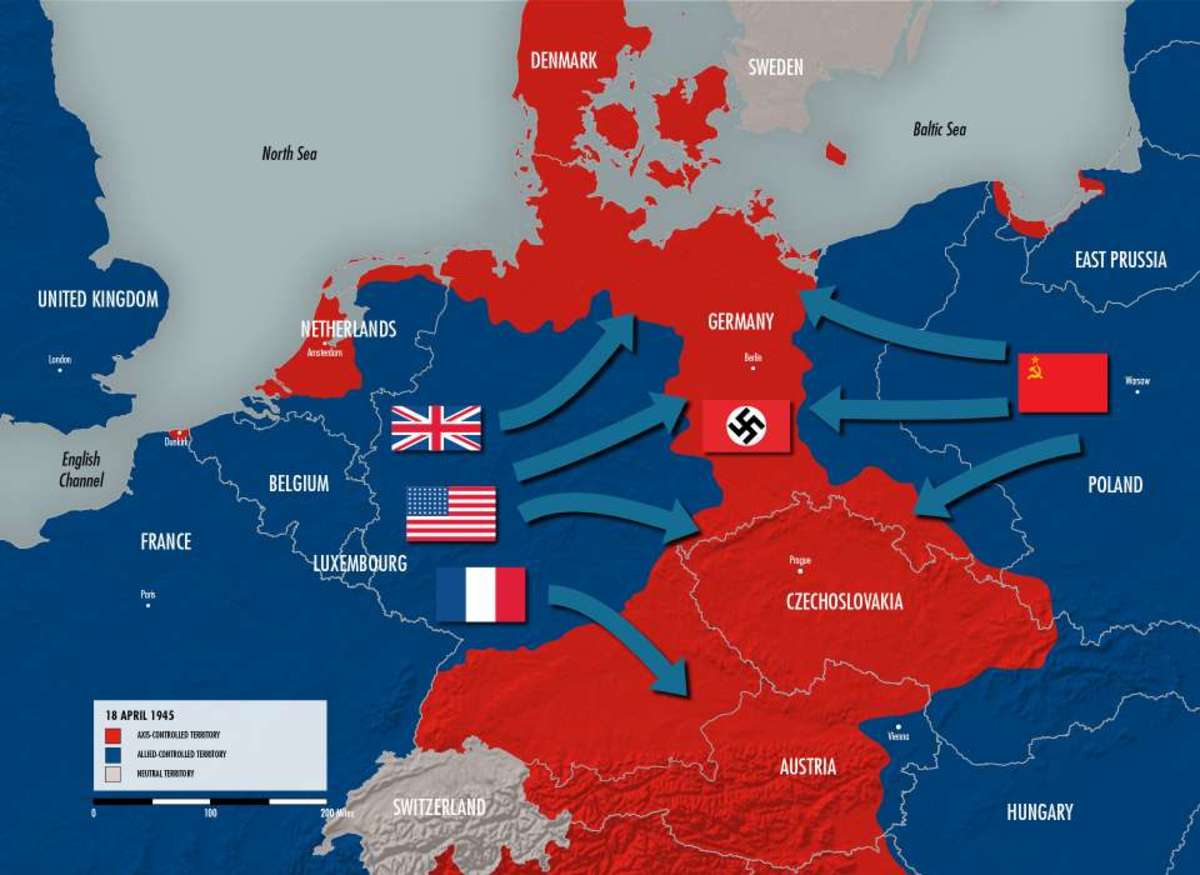Dispatches From the Front, South Russia, 1919
EYEWITNESS ACCOUNTS
The following are excerpts from my book, Stamping Out the Virus (2001).
Few members of the British Mission went on afterwards to publish any books regarding their experiences and personal insights. An exception to this was a then, young officer, a Major H. Williamson who volunteered for yet another war after the “War to end all Wars”. His diary was published in 1971 under the title, “Farewell to the Don” with some incredible descriptions of what life was like for the British officers.
Trains:
“Everytime we stopped at a station to take fuel there was this concerted rush of 3rd class passengers to collect water for washing, drinking or making tea. Everyone else went outside to stretch into a sea of vendors selling roasted foul, chickens, vegetables from peasants Train rides took a long time. On train ride to inspect a a battery, the engine simply quit. The steppe was lifeless and bare. Eerie. The train conductor told us we would wait for another. We stared across the vast empty steppes looking at grass and flowers for hours, finally, another ancient train arrived.”
Ekaterinodar (the British Military Mission base):
“we were driven to the Mission Headquarters, which was an abandoned girl’s school. Nobody expected us and we slept on a wooden bed with a blanket. The building was filled with cockroaches, no water, no furniture. We had to fetch water in pales for washing and shaving. The food situation was no better, the only restaurant was about 400 yards. The restaurant was extremely dirty and the meal consisted of a cold, gritty omelette. The coffee was cold and poured from a chipped container into a tumbler that had been already used. The streets were filled with uniforms form various units, the streets muddy, buildings filled with bullet or shell holes from the fighting, outside the town, houses were burned down”.
The British attitude:
“Headquarters showed the rankest intolerance to the Don Cossacks. When the soldiers under Denikin freed their villages, they had the habit of leaving the ranks to cultivate the land. The officers for the most part knew nothing at all about what was going on. If they did, they would only give vague answers and when pressed, took refuge behind the language barrier. They were lazy, arrogant, ignorant and often cowardly. No one at Mission HQ had a very high opinion of them and no attempts had been made to organize any supply system. It was pathetic to see people who had suffered so much and lost everything vying with one another to do us honour “.
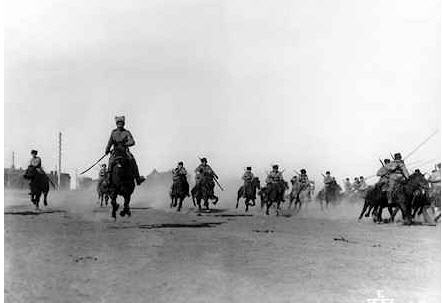
Weapons:
“The Don Army had only about 200 artillery rounds allotted to them daily. None of the artillery units had been trained an any training was “at the front”, due to the necessity. The 18 pdrs supplied by us had deficient sights, spanners and buffer springs. The Russians preferred to guess the angle of sight rather than calculate it and fired their ranging bracket at one second intervals which was wasteful. To our surprise, they requested telescopic sights (long discarded by the British Army). Over 60% of their shells fired failed to explode. In June, British supplies finally arrived including six 18 pdr batteries, 2 4.5” Howitzer batteries, a good number of Vickers and Lewis Guns”.
Women:
“We were introduced to the Nursing sisters attached to the brigade. These women seemed to be a combined secretary,dispatch carrier, medical officer, wives,girl friends, mistresses and prostitutes for the men of the brigade. They always followed their unit into action. They endured tremendous hardships and worked harder than many men. They were always treated with extreme courtesy and dog-like devotion by the men. Many staffs had too many women on them “.
Medical Facilities (near 3rd Don Corps)
“...full of patients all with typhus, lying on straw in bare rooms. The dark reddish rash covered their bodies. Many were in comas and raving. There were no beds or mattresses and the sick and wounded lay side by side. The air was stifling and the rooms overcrowded. Swarms of huge flies perpetually settled in the eyes and noses of men who were gasping for air or wounded soldiers groaning with pain. None were washed and remained in their infected clothes. No anaesthetics were available for most operations. Surgical instruments were blunt and dirty. Gangrene was common and there were no bandages, in their place, straw or cloth was used. They were losing five men daily to Typhus”
On one trip to visit the 2nd Don Corps, Williamson and others were packed into an American Packard car and traveled over 180 miles of potfilled, dusty roads with no protection from the sun. Upon their arrival, “more than alive”, they were fed eggs, black bread and tea. So exhausted, all of the British officers fell asleep.
Finally, Williamson did meet troops that had come from a recent battle:
“The troops I saw at Borisoglybsk had been fighting the day before. They were all very badly equipped. Only 30% had boots and none had machine guns. The faces of men were blank and haggard and you could see their knees and elbows through their threadbare uniforms. Many had no shirts at all. I did not see any British equipment or uniforms. Some of the men actually wore spiked pickelhaube helmets left by the Germans! There was a fatalism about them. It was clear just then they hadn’t much interest in who was winning the war. I was growing more disgusted every day....”
While the British military is known for its customs and “spit and polish” Williamson and Holman experienced a situation, which signified how stratified the Russian White Army remained. In this particular situation, the Whites had been firing their newly arrived 18 pdrs in rapid fashion. After ten minutes, the guns jammed because of sand in the breech. The Russian gunners suddenly looked at their officers with blank stares, cursed and waved their hands. The rest Williamson describes:
“Holman looked at me and asked if we can fix this? I replied, I think so.
We both took off our coats and began to work at cleaning and repairing the guns whilst all ranks of the Russians looked on from behind in amazement. Comments were heard, “A General! A General who knows how to put a gun right himself and doesn’t mind doing it! As we worked, the Battery Commander appeared protesting violently at our undignified conduct. “
Then another oddity:
“...It was blazing hot and soon I took off my coat and rode in my shirt. I immediately became aware of stares from the men of all ranks. One Russian officer explained that taking off my coat struck the Russians curious as they considered it to be improper for an officer to be in this state of dishabille.”
In one case, Williamson was at the front attempting to inspire the Russian gunners to fire at a Red train approaching some 2000 yards away. Williamson had been the observer and wondered why the gun was not firing. In rage, in ran back to the battery. The gunners were all sleeping! He kicked the men, stirring them up. After several minutes, the guns opened up and hit the train disabling it. Suddenly, Williamson noticed the gunners were switching from HE to shrapnel, which was useless against armor. Williamson shouted, “For God sakes, not shrapnel”. The gunner replied, “we prefer shrapnel”.
When Holman demanded to see combat units, a platoon of 12 men from the 12th Regiment arrived:
“I have never seen such a miserable sight in my life. They had five boots among the lot, one had no rifle, another was clogged with dirt. Their clothes were rags, one man had no trousers and wore woolen underpants. They looked starved.”
This incident made Holman furious and his staff returned to Taganrog and Novorossisk to personally collect all the supplies they could. The collected 2000 sets of uniforms and equipment, weapons, medical supplies and food.
Williamson and Holman arrived a little after Wrangel had taken Tsaritsyn on the Volga. Many of the inhabitants had been murdered, houses and stores looted. Thousands of corpses were found in a gully. It took one week to bury them and clear the streets of some 400 dead horses. The town was dirty and dusty, garbage was all over. In their discussions with Wrangel, Wrangel in hindsight seemed to be a prophet. He told Holman that Denikin’s armies rear areas were much too big and is fast becoming a collection of tradesman and profiteers. There was too much drinking and gambling in the rear, while troops were neglected at the front.
One can only imagine the following classic scene witnessed by Williamson when the Reds attacked:
“The main attack appeared in the form of 400 Red infantry in three lines emerging from a fold in the ground about 4000 yards away. They carried large red banners and were urged forward by officers waving swords. They did not seem very eager to forge ahead...the lines came closer, straggling and ballooning......we could hear shouts of officers....we opened fired with our howitzers with instant fuses....the infantry became pinned.....another three salvoes sent them back.....a horde of running figures.....behind them scatterings of equipment, flags and riderless horses. The General said the battle was now over and that we should go to the headquarters and some tea”.
It is doubtful if the War Cabinet or Holman’s superiors knew exactly what he was doing. Most assumed he remained at the Mission headquarters at Taganrog or elsewhere. It is quite obvious Holman was a man who liked to be in the “thick “of things as he and Williamson travelled extensively to the front and at times, became a participant. Williamson notes the following:
“Holman appeared to spend more time on the wrong side of the Bolshevik lines than his exalted rank demanded, but he knew he was in good hands with the 47th RAF squadron”.
As the hot summer and the high hopes of reaching Moscow faded into fall and then winter, conditions complicated matters:
“The streets are covered with snow and thick black ice. It hurts to breath and fur hats are thick with rime. Every window has a crust of frozen snow and it was so cold that the Cossacks had taken to wrapping cloth round their stirrup irons to avoid frostbite. Morale declined in the lower ranks.”
As with all military matters, there is a chaotic retreat of armies and civilians, each trying to survive. The following descriptions from Williamson have since occurred many times over in WW2, Korea(1950), Vietnam(1975) and Kosovo(1999). The time is December, 1919 to March 1920:
“All the railways running from the forward areas had rapidly become crowded with stock and broken down engines. The stations were full of abandoned, snow plastered trains, their engines burnt out. Even the movement of troops was coming to a stop and thousands of passengers trudged southwards, desperate and glancing back nervously as the crack of enemy rifles were heard. The whole front had collapsed and in chaos. At Novotcherkask, Headquarters was a waste of torn paper and full of smoke as documents were destroyed.
As the retreat continued the differences between the officers and other ranks became more pronounced.
“The officers seemed surprisingly indifferent to the condition of their troops or the state of the front. The old, lazy, indifferent attitude of the Russian Imperial high command showed in their casualness and how they managed to live in comfort on their trains while the troops starved or froze…”
Williamson, during the retreat, revealed a revelation about the political realities of the British Mission and the position of the British government:
“As a British officer I wasn't a bit afraid of what might happen. Always I felt that even if things didn't go according to plan, I'd be rescued. I was quite wrong, of course, and I learned later, the British government was as quick to repudiate its servants as any other. All day long, stragglers of the 2nd division had been pouring through the Novotcherkask (near Rostov) on Christmas, the only troops ready to fight were the cavalry units under Pavlov who conducted a delaying action ten miles away. Refugees and armed/unarmed soldiers jammed the rail stations. Panic set in and wildly driven military cars kept tearing past. Demoralized and disordered troops, the men in rags and reluctant to obey their officers, kept appearing. These were followed by terror stricken women, children, old men and women, peasants on shaggy ponies. The station was an inferno of noise and we kept seeing outbreaks of violence. Everyone fought to get aboard the train, within seconds, it was filled, every inch inside and on the roof. The melee crushed the children and elderly as the doors were torn off. I started off again for the front, the few locomotives ran at their lowest ebb. The journey was an exercise in patience as the train crept forward only a few miles at a time, each one jammed hard up against the one in front. We crawled at barely 10 m.p.h. dragging some 80 cars starting and stopping over and over. There was no medical service and lice swarmed in the woodwork, on clothes spreading Typhus like wildfire. Whole truckloads of people perished.Their bodies frozen stiff like logs were dumped along the side of the track, stripped of boots and clothing, which only passed the disease to the healthy who removed them.”
The officers of the Mission were by no means safe. One of Williamson's fellow advisor, Frecheville, went to the front to assist with the building of trenches and other fortifications outside of Novotcherkask. The force he was assisting, left him and his interpreter in the village and subsequently was captured by the Reds. They murdered the British officer and his body tied to a saddle and dragged around the streets. Oddly, when the Reds attacked across the ice of the Don river into Rostov, a Commissar was captured wearing Frecheville's tunic. The commissar told his captors that Frecheville had been beaten with steel ramrods before being killed.
Williamson on atrocities:
“an ambulance train towing forty cars or more of dead bodies had been seen with not one living soul aboard. The men pushed the dead bodies out onto hand carts as though they were coals and throwing them into sandpits. The bodies of women, children and men were stripped of any clothes worth taking. These awful heaps, grey white, stiff, and stacked like piles of timber for the engines, increased as each train passed through and disgorged the dead “.
By February,1920, even the trains moving south were in danger not only from the Reds, but the Greens. These were bandits and took whatever they wanted from the Reds or Whites. These roving bands boarded many trains murdering and robbing those trying to escape.
The railways, at times, were so clogged with debris, created an obstruction that was 15 miles in length.
During the long retreat, 200,000 people died from typhus and exposure. Whole trainloads died from fever or cold.
When Krymsk fell on March 19th, hordes of humans moved into Novorossisk, the only vital port left to Denikin:
“It was freezing cold, snow and a fierce high wind piercing the clothes of the starving….ships were covered in ice.bodies lay in all sorts of corners while hospitals were under siege by sick people whom nothing could be done….typhus was reaping a dreadful harvest. British warships hurled shells towards the roads where the Reds were approaching the town. Every street store had boarded up windows and full of carts, troops, civilians. White officers ripped off their epaulets because the Reds would nail these to the shoulder's of the wearer should they be captured. Young girls desperately wanted to marry a British soldier to gain passage, or prostituted themselves. It was a sick, desperate, terrified city with mobs of people surging for safety. On the wharves were rows of field guns and piles of ammunition, tanks, aeroplanes and other piles of equipment being pushed into the sea. Refugees were in their last stage of panic”.
Williamson, himself, caught Typhus, as he was fleeing from the port. Up to the retreat (Mid-November 1919) Britain has spent £100,000,000 and France another 35,000,000. Little was evacuated, most of it was lost.



